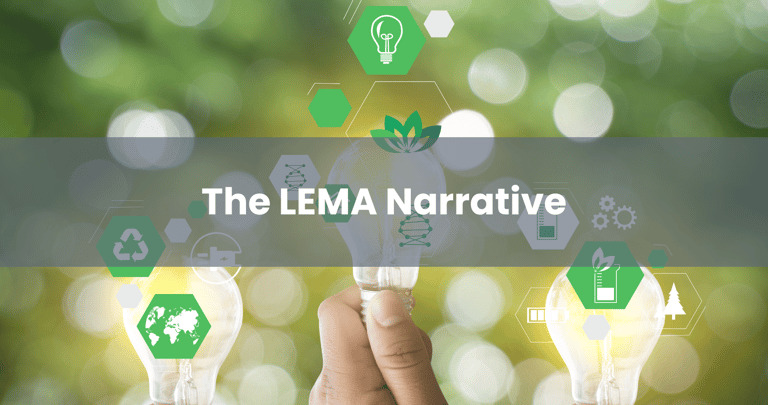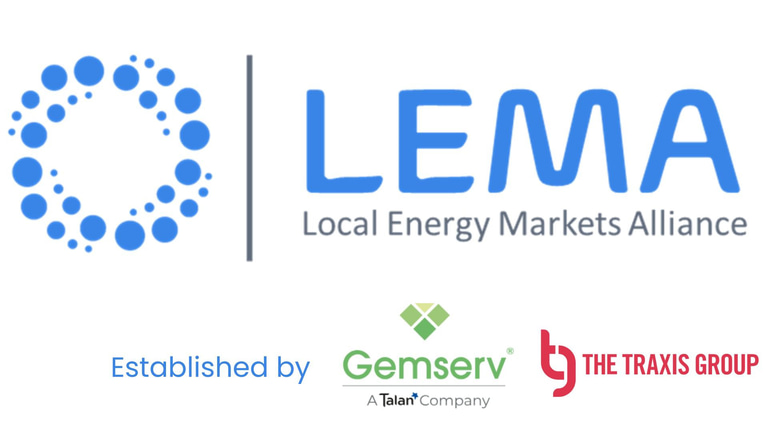The LEMA narrative
In this blog we explore how LEMA collaborates with developers, authorities, and energy providers to streamline the integration of low carbon technologies. Discover how our workstreams address the complex challenges in achieving NetZero standards. Click to read more.
Simon Anderson
5/24/20243 min read


The starting point for LEMA is “helping to relieve the energy burden” borne by those building and improving housing and buildings to accord with NetZero obligations. Property Developers, Local Authorities, Housing Associations, Landlords and even individual property owners are all facing increasing complexity and obstacles when constructing, improving and connecting to the local grid, and then selling, homes and buildings with new Low Carbon Technologies – such as heat pumps, EV chargers, solar PV, and batteries. The Distribution Network Operators (DNOs) are increasingly stretched to service these requirements. Developers, Local Authorities, and DNOs, together with their extensive supply chains and solution providers, and with Energy Suppliers and Aggregators, and Regulators and Government, are responsible for the delivery of this. But as this list attests, the problem is complex with many players, large budgets, complicated sources of funding, and a shortage of time.
To address this, we have set up three workstreams, each made up of two ‘Common Interest Groups’ (CIGs) which in turn will manage a set of Integrated Project Teams (IPTs) to address specific challenges.
The first group will look at Systems and the first CIG is the LEMA nexus of the Building Developer and DNO –connecting the all-electric properties with their distributed low carbon technologies, to the local grid, especially in grid congested areas: the Network CIG. This will start with an IPT looking at a new approach, the Dynamic Load Averaging (DLA) service, that enables and expedites efficient connection to the local grid, and defines the requirements, operations, reporting and ongoing relationship between the operator of the DLA, and the DNO.
In defining these requirements, the DLA seeds the next LEMA CIG, the Data & Platform CIG. This will explore and then in outline define the technical architecture and approach necessary to perform the DLA operations – what needs to happen to control and optimise the distributed and co-located Low Carbon Technologies to manage load. This CIG will then go on to consider how to account for this activity, requirements for opportunities to further improve end-customer energy experience and economics, including aggregating behind the substation, all to better monetise flexibility, share energy flows, and share in off-site energy assets.
In defining the operational actions necessary to perform the DLA obligations to the DNO, the Data & Platform workstream will necessarily need to consider the impact on the house occupier, seeding the next workstream Consumer First.
This critical workstream will outline options and approaches to ensure customer acceptance of the operation of the DLA, willingness to purchase an all-electric home with Low Carbon Technologies, their view on energy pricing options and on further opportunities to enhance their energy experience and share in value from flexibility, shared energy, and off-site energy assets and renewable PPAs etc. This will be done through the Customer Proposition and Governance CIG.
In parallel a key factor to assess in the Customer Proposition is quantification of the end customer’s benefits, which first requires an assessment of the overall scheme benefits, and how they are distributed between all engaged parties. This is the next CIG, the Benefits Quantification /Economics CIG. All the parties required to deliver Low Carbon homes need to see an attractive economic case for themselves.
Local systems will generate local challenges and therefore the third group is the Place-based workstream.
This will have two CIGs: first the Local Operations and Supply Chain CIG which will look at the challenges of localized installation service and support to the multiple technologies and the operation of the smart local energy system itself.
The final CIG will address Planning and enactment, for example looking at challenges around planning, implementation, and coordination of local energy plans and how to streamline and support the various approval and oversight procedures.
All this work will need to consider the web of relationships between the parties, and how to formalise these into defined obligations and actions – “papering the relationships”. This will be carried out by an internal “Framework Contracts and Licensing” workstream, which will create outline templates to define the interparty relationships and obligations.
This why LEMA is a different type of Alliance in that it is a collaborative work programme with real world outputs that will help accelerate this market and the business that derives from it.
